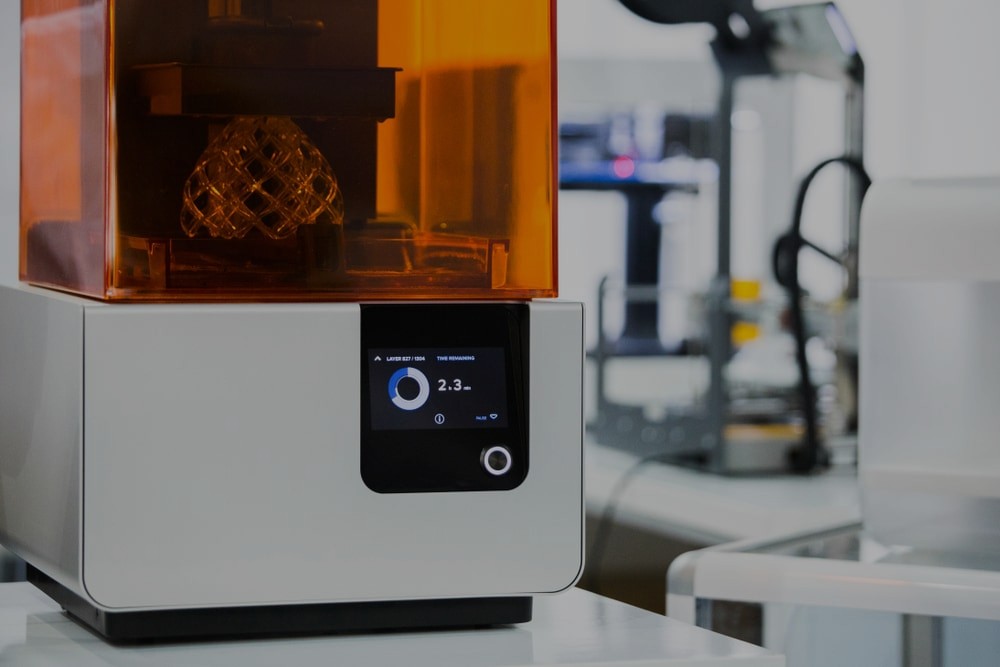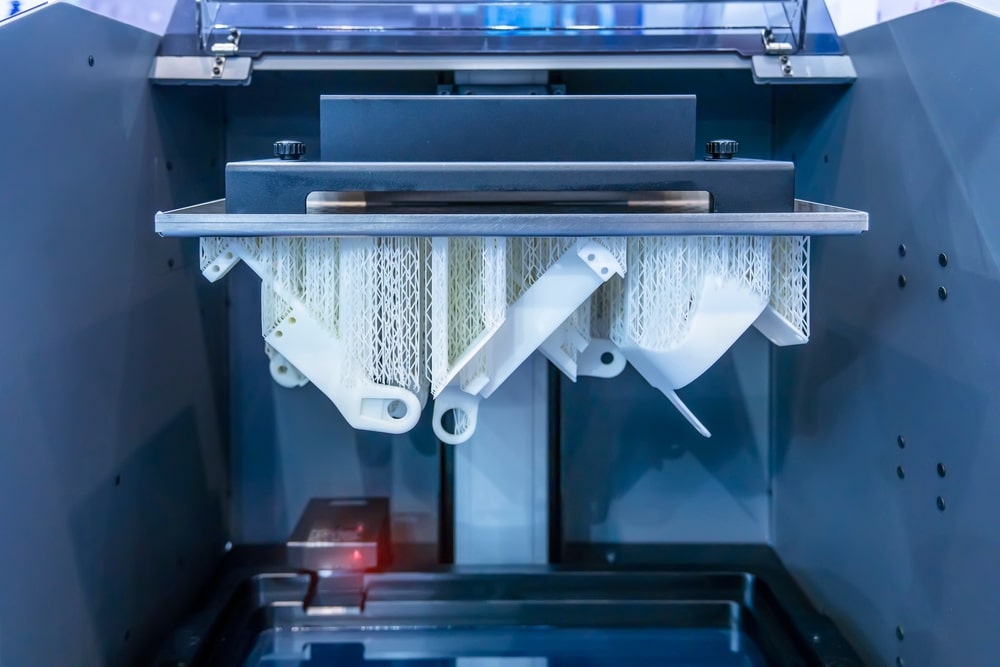

Previously published on fastradius.com on October 21, 2021
Stereolithography (SLA) is an additive manufacturing process that uses a light source to cure photosensitive liquid resins into solid shapes. SLA is capable of producing highly accurate isotropic parts with smooth surface finishes and excellent design feature resolution, making it ideal for producing intricate prototypes, master patterns, and scale models.


However, as with most manufacturing processes, the quality and viability of a part depend on controlling as many variables involved as possible. The level of detail that can be achieved, for instance, is dependent on factors like the size of the light source and the material properties of the resin.
The following six SLA design guidelines will help optimize part designs to improve manufacturability, keep costs down, and boost performance.
Photosensitive resins have a relatively high viscosity compared to other additive materials, which can create issues post-build. Holes that are too small, for instance, may seal over before the polymer is fully cured. Holes should be no smaller than 0.005 in (0.127 mm) for this reason.
Sections with thin walls also need to be closely watched. Supported walls should be no thinner than 0.016 in (0.4 mm) to prevent breakage during the peeling process, which is when the cured photopolymer is detached from the resin tank as the build platform moves. Unsupported walls thinner than 0.024 in (0.6 mm) may warp or break off during the print cycle.
Wall thickness is important for a few reasons. First, thicker sections require more material, driving up your production costs. Second, if the walls of a piece are not uniform throughout the entire part, the thinner sections will cool faster than the thicker ones, which can lead to warping, cracks, and other defects. If a part requires variations in wall thickness, the transitions should be made as gradual as possible.
SLA can easily produce parts with overhanging features, as long as there are enough support structures incorporated into the design. Without support structures, however, overhanging features are prone to warping. Overhangs can be printed without supports only if they are less than 0.039 in (1.0 mm) and at a minimum angle of 19°. Printing below 19° from level will cause the overhanging feature to break off during peeling.
Any raised features on the surface of a part should be at least 0.004 in (0.1m) in height to ensure that the details print clearly and visibly. This design tip is particularly relevant for text features. If engraved features are too small, they can potentially run together and fuse during printing. Engraved or recessed details should be at least 0.016 in (0.4 mm) wide and deep to guarantee accuracy.
By default, SLA-printed parts will fabricate completely solid components. However, unless the part is meant to be a fully functional end-use piece, hollowing out the model requires far less resin, which reduces both print time and the manufacturing cost involved. Generally, the walls of hollowed pieces should be a minimum of 0.079 in (2 mm) to keep the risk of print failure low.
To hollow a part, add drainage holes to the lowest area of the part, determined by print orientation, to prevent the uncured resin from accumulating and becoming trapped inside the finished component. If not accounted for, this can lead to pressure imbalances inside the part that cause cracks, holes, and even explosions. Drainage holes should be at least 0.138 in (3.5 mm) in diameter.
Parts with sharp corners will have increased stress concentrations, which increase the likelihood of cracks and part failures. Rounding external and internal corners makes changes in cross-section more gradual, which distributes stress more evenly throughout the part.
We recommend that the radius of an internal corner should be at least half the thickness of the associated wall and that external corners are at least 1.5 times the thickness of the associated walls. Larger radii will help distribute stress more effectively if your SLA designs can accommodate them.
Stereolithography is a tried-and-true additive manufacturing process that requires attention to detail and feature size in order to ensure a successful print. Keeping these best practices in mind can be challenging for product teams, but an experienced manufacturing partner can help. The SyBridge team brings deep experience to the table and can help you refine your SLA designs and create superior parts. Contact us today to get started.
Forget typical cycle times. We're pushing the boundaries of conformal cooling. While traditional approaches deliver…
Forget typical cycle times. We're pushing the boundaries of conformal cooling. While traditional approaches deliver…
From left to right: Brayden Janak (apprentice); Logan Vifaquain (CNC machining, Programming and CMM); Ron…
SyBridge Technologies is proud to announce we have been awarded the 2023 General Motors Supplier…
Today, designers and engineers are accustomed to working with digital tools in their day-to-day jobs.…
Optimizing Your Injection Molding Process for Cost-Effective Manufacturing Excellence In today’s competitive landscape, manufacturers are…